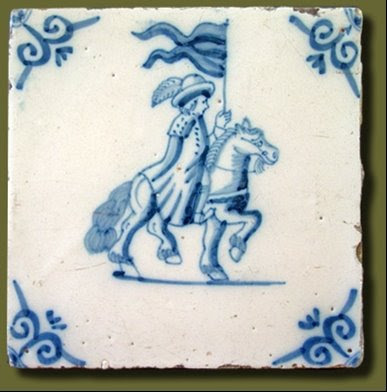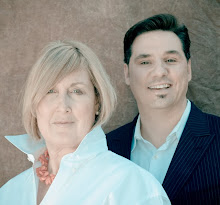I have had a lifelong love affair with everything “Holland”, and more recently with Delft tiles.
On a trip to Munich in the late 90’s I found myself absolutely mesmerized with the most sumptuous “bath” I’d ever seen. It was a bathing room in the Badenburg Pavilion on the grounds of the Nymphenburg Palace. Imagine an entire room with walls and ceiling all in Delft tile, not to mention the elaborate faucet fixtures in what I am sure was 24k gold. Transom windows were perfectly positioned, allowing the tiles to glisten and sparkle in the sunshine. The bath itself was monstrous in scope… and divine. A large indoor pool if you will, and really out of this world.

On a trip to Munich in the late 90’s I found myself absolutely mesmerized with the most sumptuous “bath” I’d ever seen. It was a bathing room in the Badenburg Pavilion on the grounds of the Nymphenburg Palace. Imagine an entire room with walls and ceiling all in Delft tile, not to mention the elaborate faucet fixtures in what I am sure was 24k gold. Transom windows were perfectly positioned, allowing the tiles to glisten and sparkle in the sunshine. The bath itself was monstrous in scope… and divine. A large indoor pool if you will, and really out of this world.

Since that time, I’ve ventured out with more practical uses for Delft tiles. In my design “past” before Ashfield Hansen, I’ve used them as a fireplace surround in an East Coast sitting room done ALL in blue and white and as a baseboard in a kitchen room with strong olive green walls. I would love to do a “firebox” in Delft but unless the fireplace was purely decorative, the tiles would only end up with a “sooty” covering, altogether hiding the glorious color. We have yet to design a “bathing pavilion”, but I’m not giving up hope; even if it’s for me.

In my research on Delft tiles, I’ve discovered that … “Delft tiles have been produced in Holland since the 16th century. At the time, the tile culture flourished in The Netherlands and the Delft tiles were used for interior design on a large scale”.
Another point of interest, as for the color, would be that Delft tiles are found most frequently in blue and white. It’s true that the shade of blue influences the ambience of the décor; where pale powdery tints create an airy ethereal or cool mood; deeper values soothing and serene. The brighter blues range from vivid and acid and electric for powerful, playful or dramatic. Dark blue/black shades create an authoritative look for a feeling of dignity, stateliness or polish. I’ve often paired Delft tiles with blue and white Export Porcelain which makes the tiles look even more fabulous… if that’s possible.
Barbara Ashfield































No comments:
Post a Comment